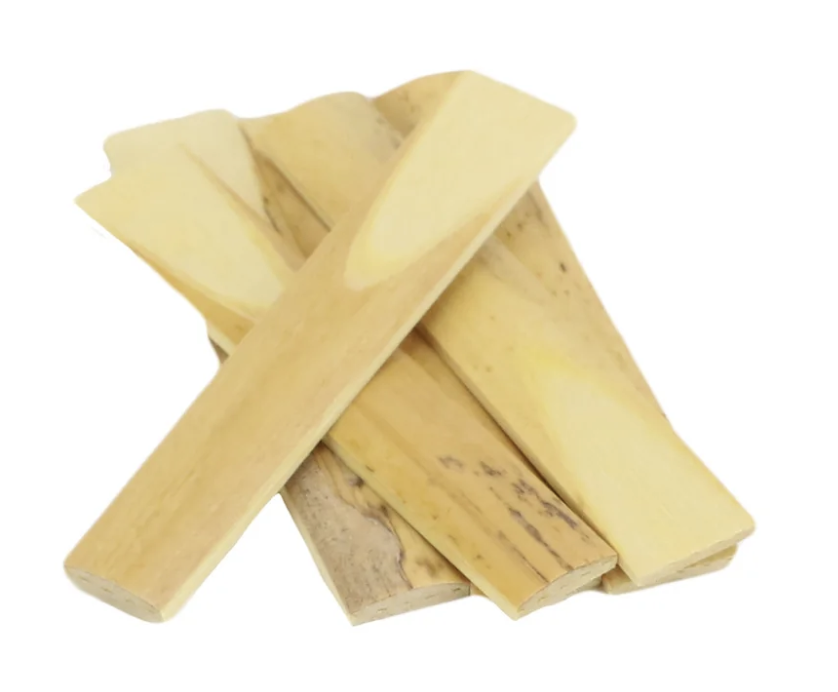Clarinet and Sax Reeds: Strength, Size and Brand
Choosing the right reed strength, size, and brand can significantly affect the sound and playability of a clarinet or saxophone. It’s important to try out different options and consult with a teacher or knowledgeable music store staff member to find the best fit for your individual needs and preferences.
Reed Strengths:
Reed strength is measured on a scale of 1 to 5 (or 1 to 5+), with 1 being the softest and 5 (or 5+) being the hardest. The strength of the reed affects how much air pressure is required to make the instrument produce sound. A softer reed requires less air pressure, while a harder reed requires more air pressure. Generally, beginners start with softer reeds (1.5 to 2.5) and progress to harder reeds (3 to 3.5) as they develop their embouchure and playing skills. Advanced players may use even harder reeds.
Reed Sizes:
Reed size refers to the width and length of the reed. Most clarinet and saxophone reeds come in a standard size, but there are also smaller or larger sizes available for players with smaller or larger mouths. The size of the reed affects the sound and response of the instrument, so it’s important to choose the right size for your mouth and playing style.
Reed Brands:
There are many brands of clarinet and saxophone reeds available, each with its own unique sound and playability. Some of the most popular brands include Vandoren, Rico, D’Addario, and Hemke. It’s a good idea to try out a few different brands to see which one works best for you.
Hardness of the Wood:
Reeds are made from a type of cane called Arundo donax. The hardness of the wood affects the playability of the reed. Softer, more porous wood produces softer reeds, while harder, denser wood produces harder reeds. Harder reeds generally produce a more focused and bright sound, while softer reeds produce a more mellow and dark sound.
